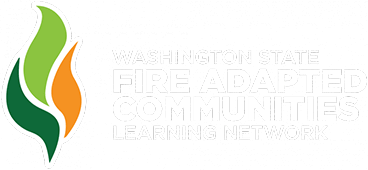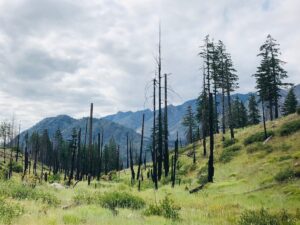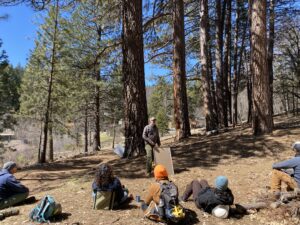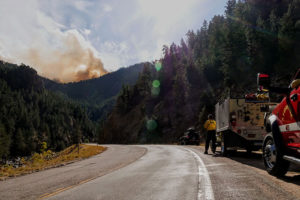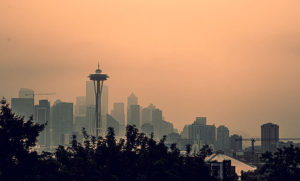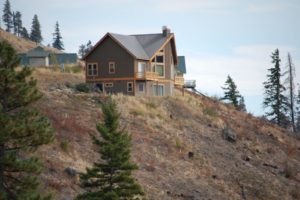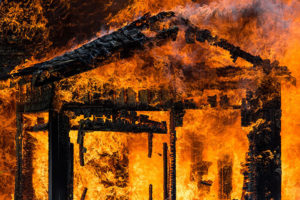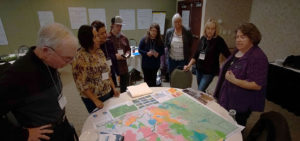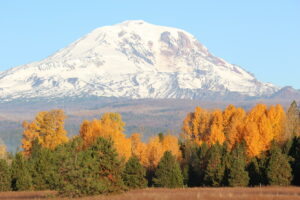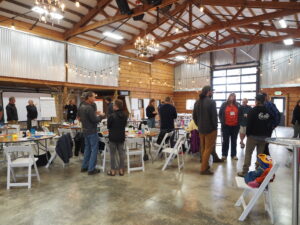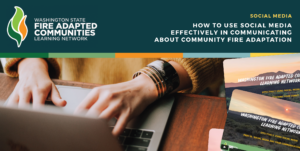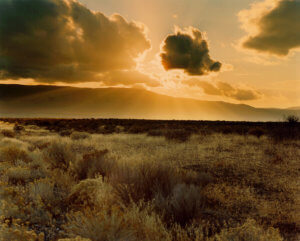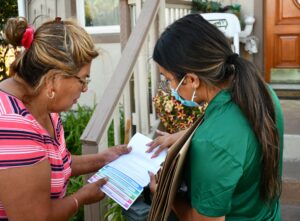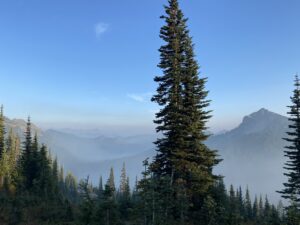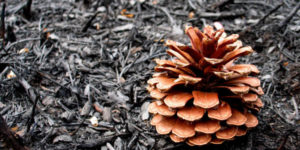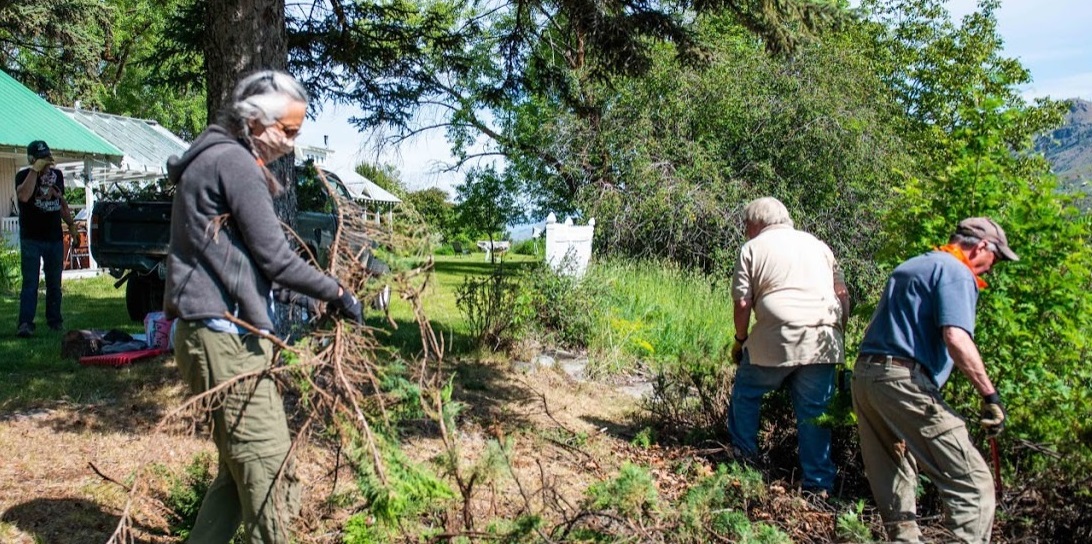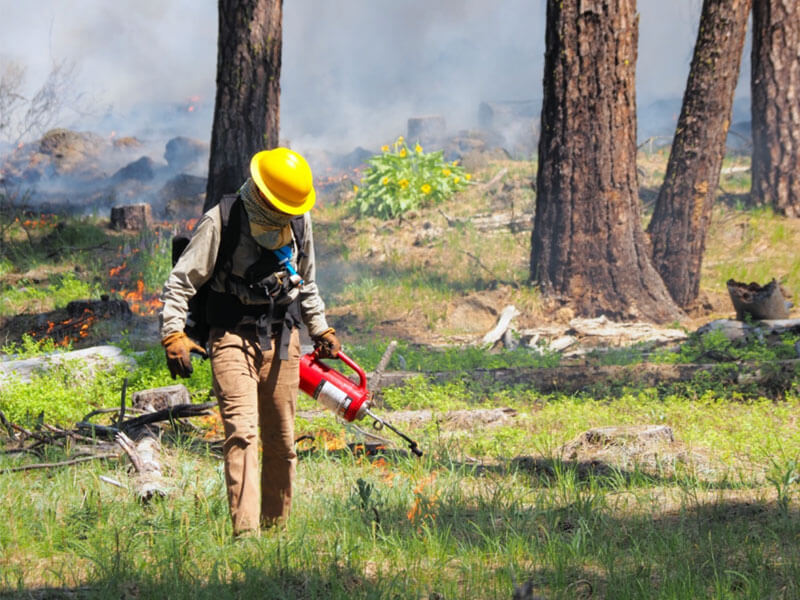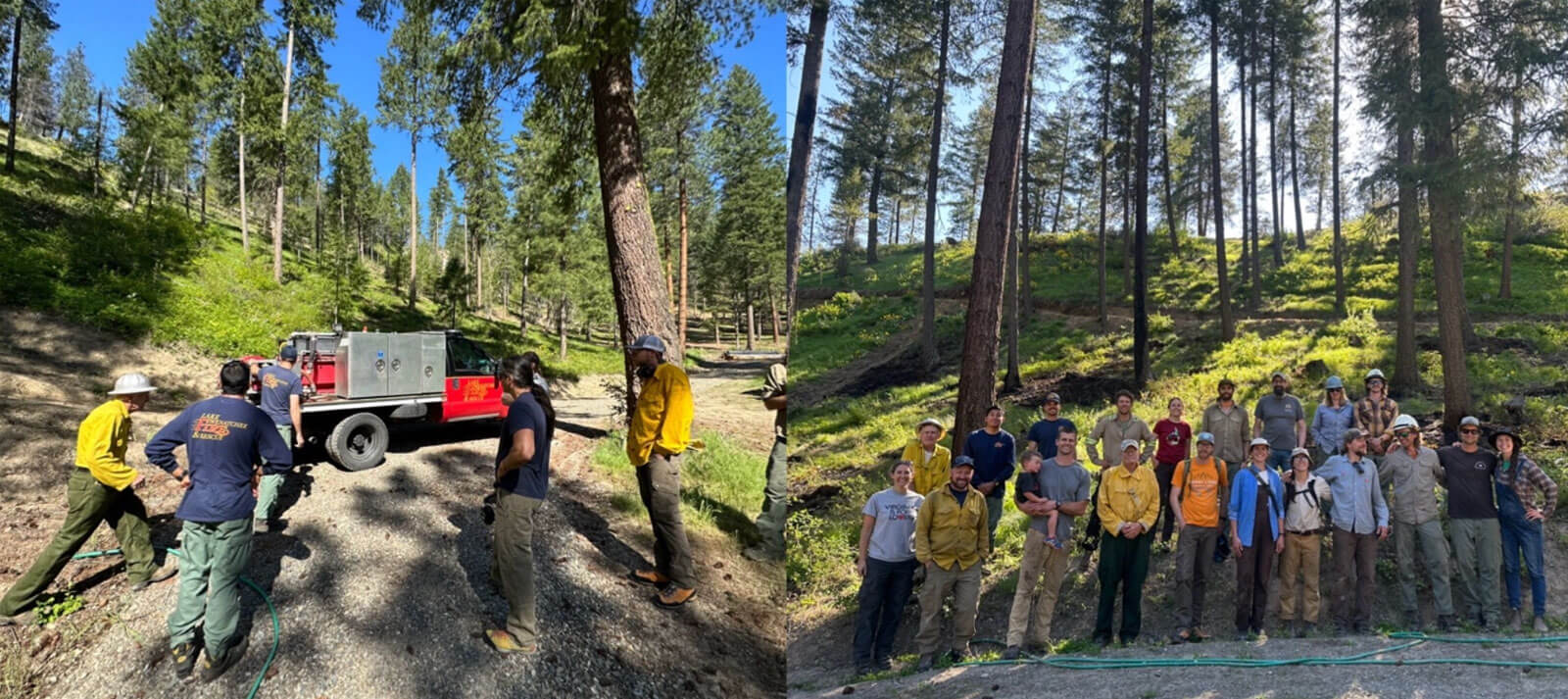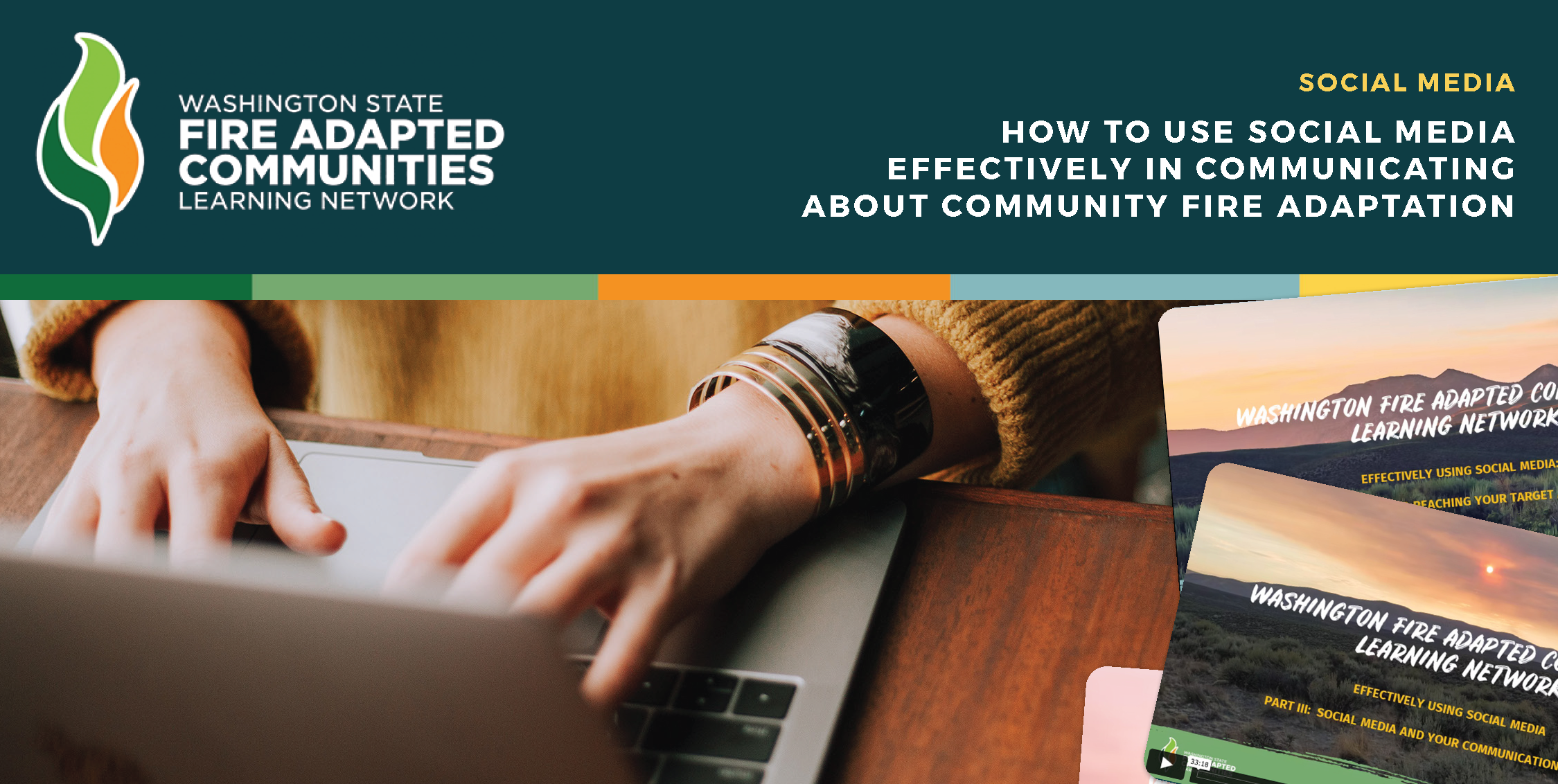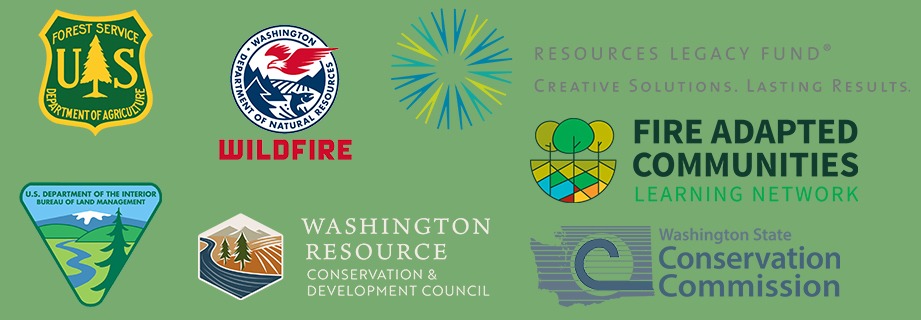This project was made possible through support provided by the U.S. Department of Interior (DOI) Bureau of Land Management (BLM), U.S. Department of Agriculture United State Forest Service (USFS), Washington State Conservation Commission through Cascadia Conservation District, and The Watershed and Research and Training Center (WTRC) to the Washington Resource Conservation and Development Council (WRCD). The content and opinions expressed herein are those of the author(s) and do not necessarily reflect the position or the policy of the USFS, BLM, DOI, WTRC, or the WRCD and no official endorsement should be inferred.
This institution is an equal opportunity provider.
